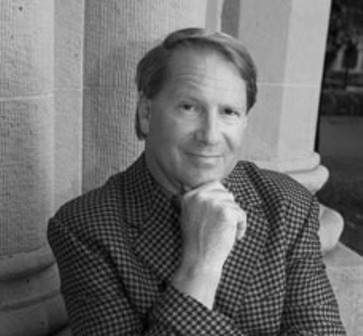Affiliation: Stanford University

Patrick Hunt is with the Center for Medieval and Early Modern Studies at Stanford University, the Center for Medieval and Renaissance Studies at UCLA, the School of Cultural Diplomacy in London, the Fromm Institute in San Francisco, and the Institute for EthnoMedicine. He holds his Ph.D. from the Institute of Archaeology, University of London, and has also studied at the University of California at Berkeley, and the American School of Classical Studies in Athens. His research interests are Alpine archaeology, archaeological science, archaeometry, geoarchaeology, forensic archaeology, Roman archaeology, Celtic archaeology, and Hannibal studies. His main publications include Alpine Archaeology (2007), and Ten Discoveries That Rewrote History (2007), as well as numerous articles and encyclopedia entries, and his most recent book is Hannibal. Prof. Hunt is one of the AIA’s 2022/2023 Norton Lecturers.
Hannibal’s success as a military commander in the Second Punic War (218-202 BCE) – surprising and severely defeating Rome after crossing the Alps at the Trebbia, Trasimene and Cannae battles and trickery against Fabius Maximus and others – is usually not focused on his brilliant weaponization of nature and his important use of Iberian silver to secure excellent military intelligence and pay his allied mercenaries as well as his schooling of Rome to reinvent its military. When Scipio – Hannibal’s best pupil – took New Carthage (Cartago Nova or Cartagena) in 209 BCE, he effectively cut off Hannibal’s access to further Iberian silver and Hannibal’s successes dried up, which is no coincidence. Scipio learned well from Hannibal’s craftiness, as documented in Polybius and Frontinus’ Strategemata, by turning the tables on Hannibal at Zama in 202 BCE. As a result of Hannibal’s genius, every strategist since Hannibal, including Machiavelli and military commanders up to the present, emulates Hannibal’s program for adding nature to his arsenal and his use of military intelligence and topography, which is why Hannibal’s tactics are still taught as relevant spycraft. The irony that Hannibal never aimed to destroy Carthage but only to preserve Carthage is all the more tragic in that Rome sought to and succeeded in destroying Carthage’s empire and impose their own empire and remake the Mediterranean as “Mare Nostrum”.
Short bibliography and/or website on lecture topic:
Patrick Hunt. Hannibal. Simon and Schuster, 2017
https://www.nationalgeographic.com/expeditions/experts/patrick-hunt/
“Otzi” was found in an Alpine glacier in 1991 as a still mysterious high-altitude homicide from 5,300 years ago. The remarkable nature of his preservation makes it possible to study his remains in great scientific detail and reconstruct much of his late Neolithic to Early Copper Age life. Not only do we now have his fully sequenced DNA, but we also possess an incredible array of his organic materials including 18 different types of wood products and the surprising medical kit he carried. We can reconstruct his means to offset hypothermia crossing a high altitude pass at 10, 500 feet elevation on the current Italian- Austrian border multiple times in less than three days, most likely because he was a fugitive. While we have many scientific facts about him, we are still perplexed about the murderer[s] and the motive for his death. But we can now even provenance his copper axe and his flint arrowpoints as well as determine the scope of his many medical ailments and where he originated along with some of his complex activities including recent presence in an copper smelting environment due to microscopic hair particles. Whatever else we know or do not yet know about him, we can conclude “Otzi the Iceman” is a oneperson archaeological site and one of the most important archaeological discoveries of the 20th century.